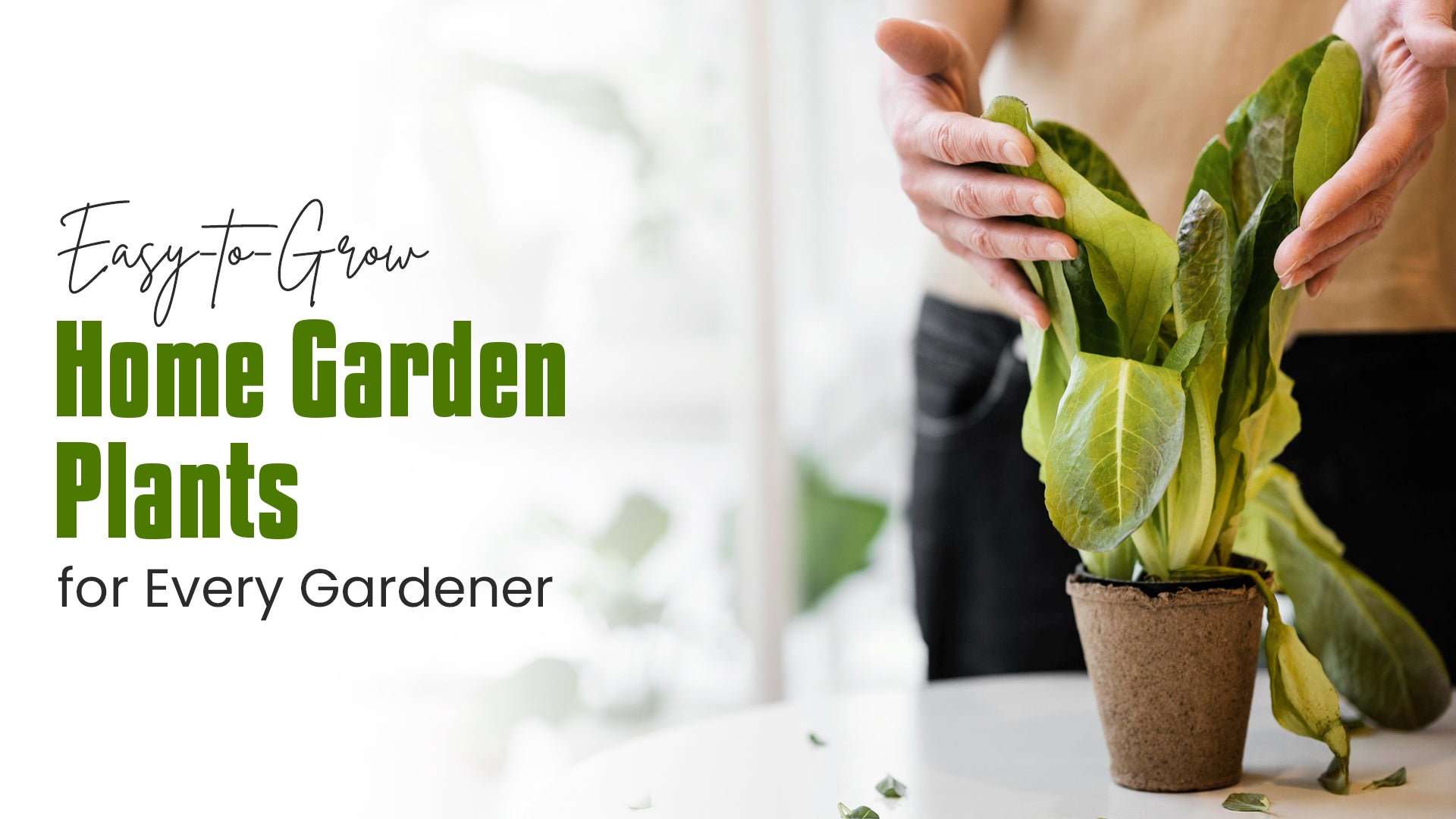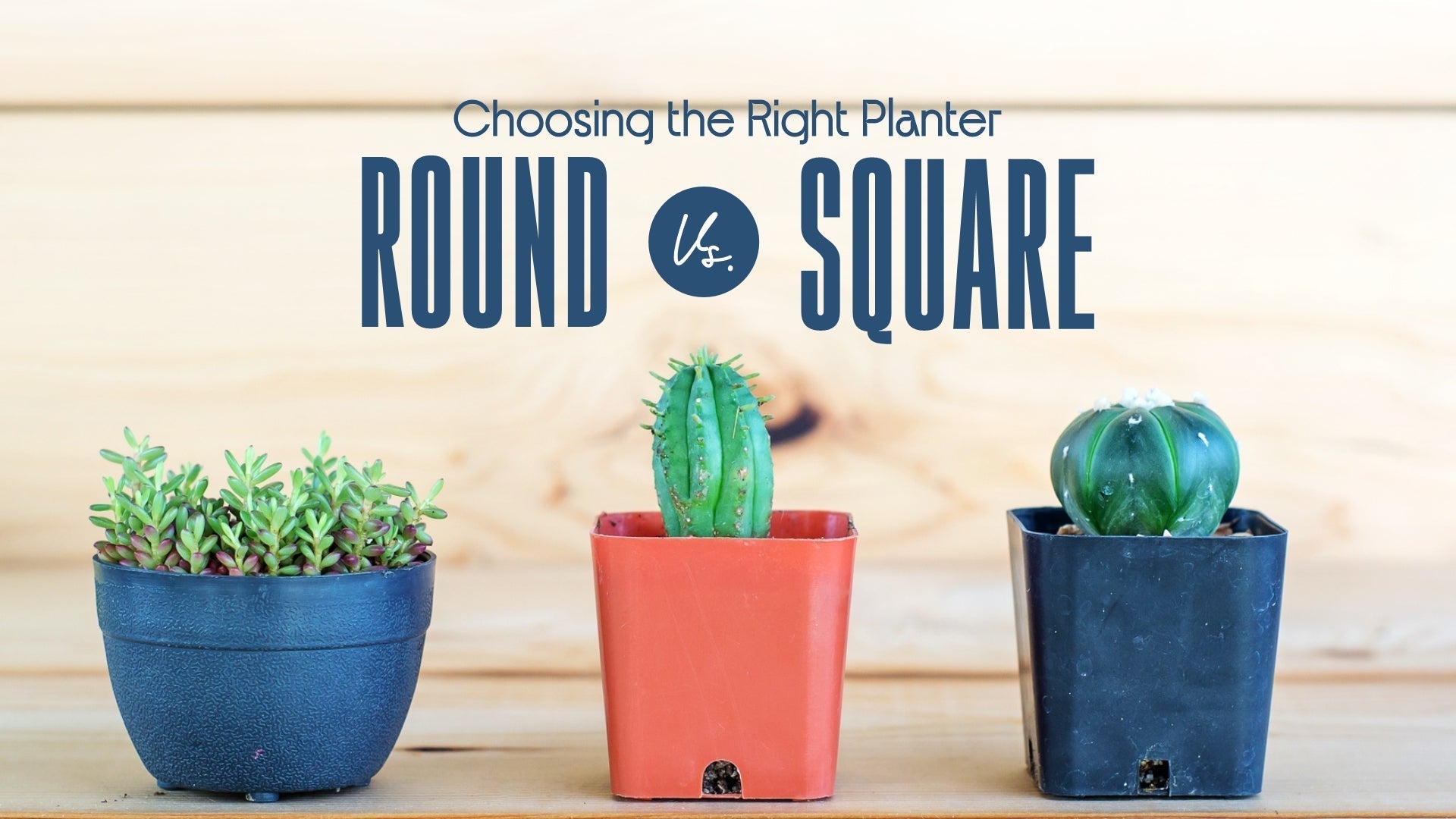
The Ultimate Guide to Choosing the Perfect Garden Pots for Every Plant
Selecting the ideal garden pots is a cornerstone of successful plant cultivation. The right pot can transform a struggling plant into a thriving specimen, while an ill-suited container can hinder growth and even lead to plant decline. This comprehensive guide will equip you with the knowledge and confidence to choose the perfect pots for your garden, enhancing both your plants' aesthetic appeal and overall health.
Understanding the intricate relationship between plants and their containers will unlock the secrets to creating a flourishing garden. We will delve into the crucial factors to consider, including plant type, pot size, material, drainage, and aesthetic appeal. Whether you are a seasoned gardener or a budding enthusiast, this guide will empower you to make informed decisions and cultivate a garden that reflects your unique style and aspirations.
Understanding Your Plants’ Needs
Every plant has unique requirements. Delve into the world of your plants to uncover their preferences. The foundation for selecting the perfect pot lies in comprehending your plant's root system, water needs, and light conditions.
- Root Systems
Differentiate between plants with shallow, deep, or spreading roots. This knowledge will guide you in choosing pot depth and width.
- Water Needs
Assess your plants' thirst levels. Plants that crave moisture thrive in pots with adequate drainage, while those preferring drier conditions benefit from pots with less porous materials.
- Light Conditions
Determine whether your plants bask in full sun, enjoy partial shade, or thrive in the shade. This information helps you select the ideal pot placement.
Choosing the Right Pot Size
The size of the garden pot significantly impacts plant growth and health. A pot that is too small restricts root development, while an overly large pot can lead to waterlogged soil and root rot.
- Proportionality
Select a pot slightly larger than your plant's root ball to allow for growth. Repot as needed to accommodate increasing plant size.
- Root System
Consider the plant's root structure. Deep-rooted plants require taller pots, while shallow-rooted plants prefer wider containers.
The Impact of Pot Material
The material of your garden pot influences soil moisture, temperature, and overall plant well-being. Explore the advantages and disadvantages of common pot materials:
- Terracotta

Porous and breathable terracotta pots excel at regulating soil moisture. However, they can dry out quickly, necessitating frequent watering.
- Ceramic
Similar to terracotta, ceramic pots offer excellent drainage and aesthetic appeal.
- Plastic
Lightweight and affordable, plastic pots retain moisture well but lack the visual charm of other materials.
- Concrete
Durable and stylish, concrete pots retain moisture and provide insulation. However, they can be heavy and prone to cracking.
- Wooden
Eco-friendly and visually appealing, wooden pots require proper care to prevent rotting.
Drainage: A Crucial Factor
Adequate drainage is essential for preventing root rot. Ensure your garden pots have drainage holes to allow excess water to escape. If your pots lack drainage, create holes or incorporate a layer of gravel at the bottom.
Embrace the Joy of Gardening
Let your creativity flourish as you experiment with different plant combinations, pot styles, and design ideas. Enjoy the process of nurturing your plants and witnessing their growth and transformation. A garden is a living canvas where you can express your individuality and create a space that brings you joy and tranquility. Embrace the therapeutic benefits of gardening and find solace in the beauty and serenity of your outdoor oasis.
Frequently Asked Questions
1.What are the best pots for container gardening?
The best pot often depends on the specific plant you're growing and your personal preferences. However, here are some popular choices:
- Terracotta pots: These are classic and porous, allowing excess water to evaporate. They're great for plants that like well-draining soil.
- Ceramic pots: Similar to terracotta but often more decorative. They come in a wide range of styles and glazes.
- Plastic pots: Lightweight and durable, they're ideal for beginners or those with many plants. They retain moisture well.
- Self-watering pots: These have a reservoir to maintain consistent soil moisture, perfect for busy gardeners or plants with high water needs.
2.How to choose containers for a garden?
When selecting garden pots, consider these factors:
- Plant type: Different plants have different needs. For example, succulents prefer pots with good drainage, while water-loving plants might prefer self-watering pots.
- Pot size: The pot should be big enough to accommodate the plant's root system but not too large to cause waterlogging.
- Material: Choose a material that suits your climate, aesthetic, and plant needs.
- Drainage: Ensure the pot has drainage holes to prevent root rot.
- Style: Select pots that complement your garden's overall design.
3.Which type of pots are best for plants?
The best pot type depends on the plant's specific needs. However, here are some general guidelines:
- Indoor plants: Often benefit from plastic or ceramic pots due to their moisture-retaining properties.
- Outdoor plants: Terracotta or ceramic pots are popular choices, but plastic is also suitable.
- Succulents and cacti: Prefer pots with excellent drainage, such as terracotta or ceramic.
- Herbs: Can thrive in a variety of pot types, but terracotta is a good option for many herbs.
4.Are bigger pots better for plants?
Not necessarily. While larger pots provide more space for root growth, they can also hold more water, increasing the risk of root rot. The ideal pot size depends on the plant's mature size and its root system. A pot that's too large can lead to waterlogging, while a pot that's too small can restrict growth. It's generally better to start with a slightly larger pot than the plant's root ball and repot as needed.
The best way to determine the perfect pot for your plants is to understand their specific needs and preferences. Experiment with different pot types and sizes to find what works best for your garden.







